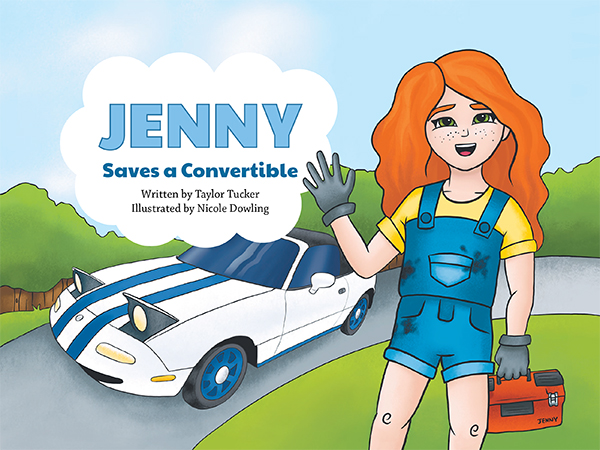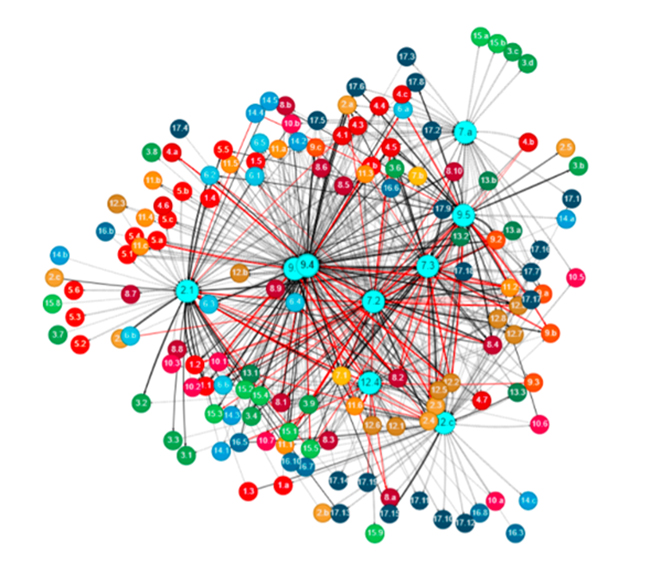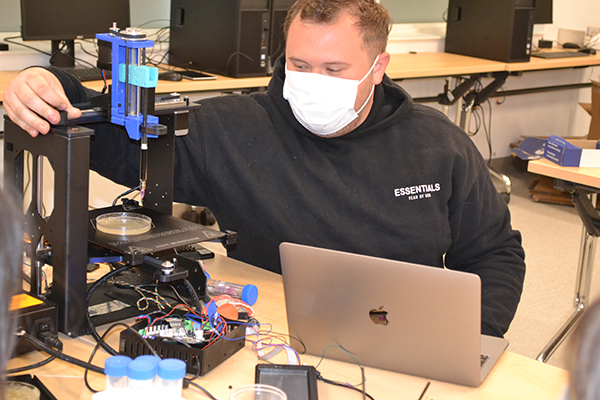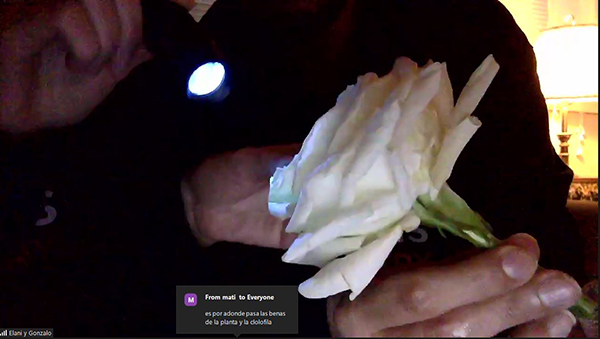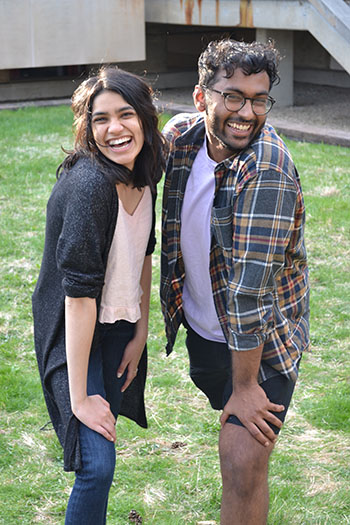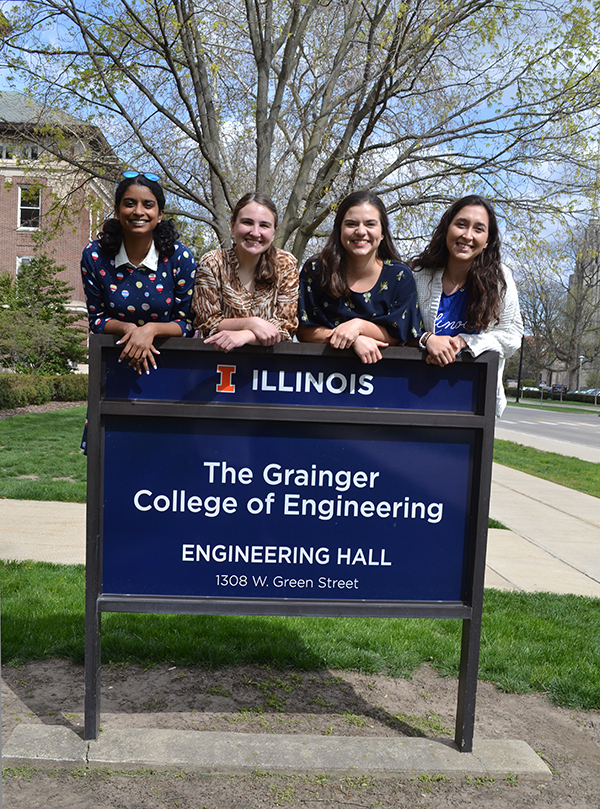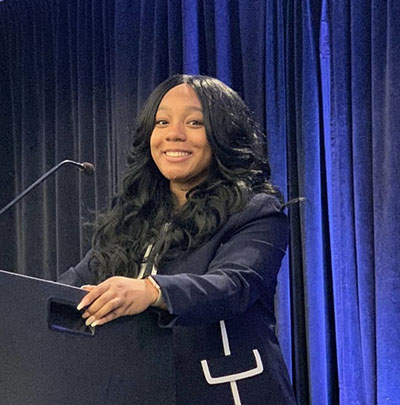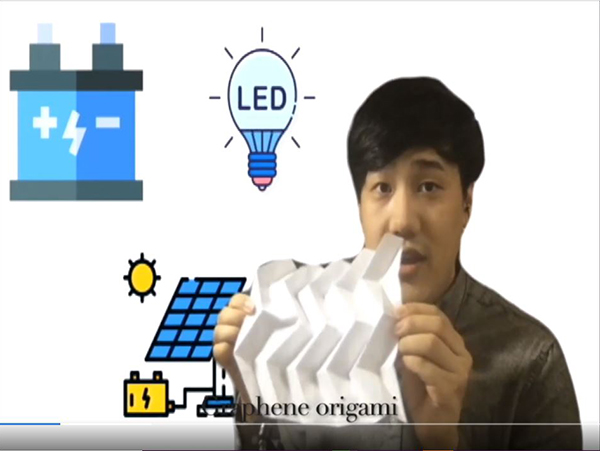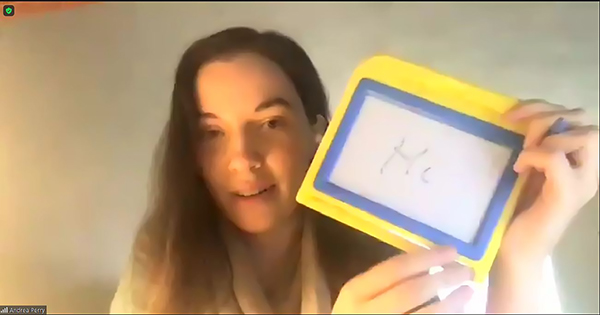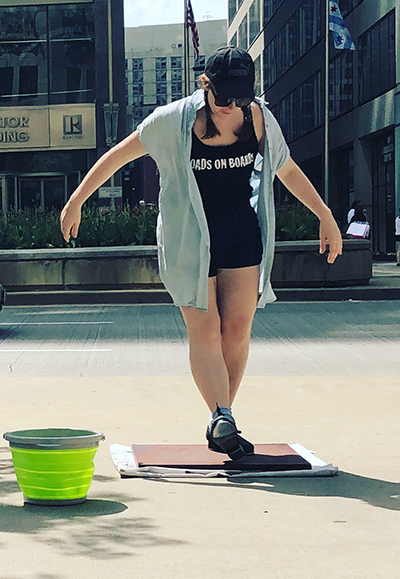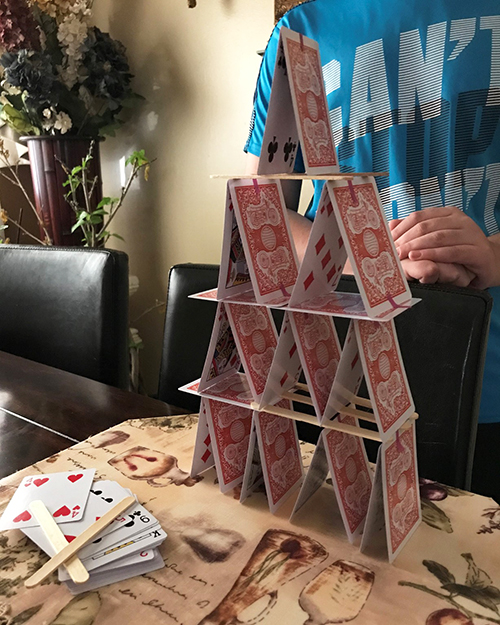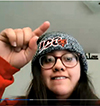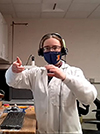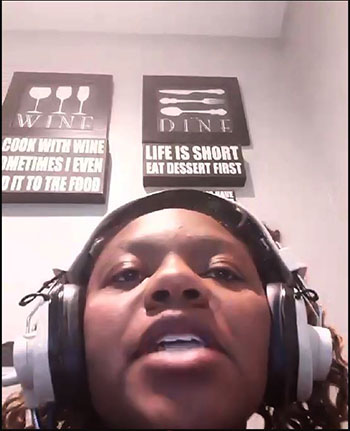Engineering's Summer Scholars Creates Small-Campus Feel for Freshmen
Design Course Projects

Oceanergy team members Noé Muñoz and Chaowu "Luke" Wang during their final presentation. In the foreground is a model of the ocean-based energy system they designed.
A major component of the program was the design course all the students took together: ENG 198: IEFX Projects. Students formed six teams to work on semester-long engineering projects which dovetailed with their engineering interests. In the recent end-of-the-semester event showcasing the finished projects, students also gave final presentations discussing the problem their project addressed, their timeline, issues they encountered, budget, production feasibility, etc. Following are brief summaries about the six teams and their projects.
To address our society's need for renewable energy, the Oceanergy team developed an ocean-based energy system. After studying solar, wind, and geothermal subsystems, they then made a model of an energy island that could be stationed in the ocean to collect wind and solar energy and use thermal gradients in the water to generate power.

The Power House team works on their energy-generating stationary bicycle design during the projects class.
One team, Power House, developed a stationary bike that generates electricity. Their original plan was to create a stationary bike which could be used in third-world countries to charge hand-held devices. Once the prototype bike was completed, they contacted Zambikes, a Zambian bicycle company, regarding the feasibility of implementing their product/ideas to help provide electricity to the people of Zambia via these bikes. However, they decided to dream even bigger in terms of ecological impact, thus their project evolved into a plan for a green gym constructed of eco-friendly materials and featuring a fleet of their stationary bikes to help power the gym, which would also incorporate other ecological features, such as a green roof, and energy-conserving devices, such as dual-flush toilets and sensor water faucets.

The Micro Home team displays the model of the low-cost, ultra-small home they designed for Restoration Urban Ministries, who intends to build homes based on this model for the homeless and low-income families locally.
The Micro Home team worked locally with Restoration Urban Ministries to develop a low-cost, ultra-small home for the homeless or other potential first-time, low-income home owners. Designed for individuals or couples, this ultra-small home would save the owner on both materials and operating costs. When planning the design, the team met with potential homeowners to learn what would be important in a design. This model will actually become a reality, as Restoration Urban Ministries is going to build homes based on their design.

The Better Bike Team displays their bamboo bike during the final presentation for the projects class.
To assist other freshmen, such as themselves, to find their way around campus, team C3 developed an app for an Android phone that would not only guide pedestrians to a specific campus building via a GPS map, but provide relevant information specific to that building, such as opening/closing times and/or a temporary closing of the building because of an emergency.
The Better Bike team worked to help solve transportation problems in third-world countries by designing an inexpensive bike that could be constructed locally, creating local jobs as well. The bike design replaced most of a bike's metal or composite frame with bamboo, which is plentiful and easily accessible in the third world, such as in Africa. Thus, rather than shipping fully assembled bicycles, only bike parts, such as gears and tires, would need to be shipped, which would provide savings in both money and energy.
Finally, the Laptop team developed a heated keyboard for a laptop. The idea for this project came from one of the students on the team whose roommate keeps the air conditioning so cold that when he works on his laptop, particularly late at night, his fingers often get cold. So this team investigated how to re-route exhaust heat from the computer so that it comes up through the keyboard, thus keeping one's fingers and hands toasty warm.
Story continues on page 3: Summer Scholars Program Impact
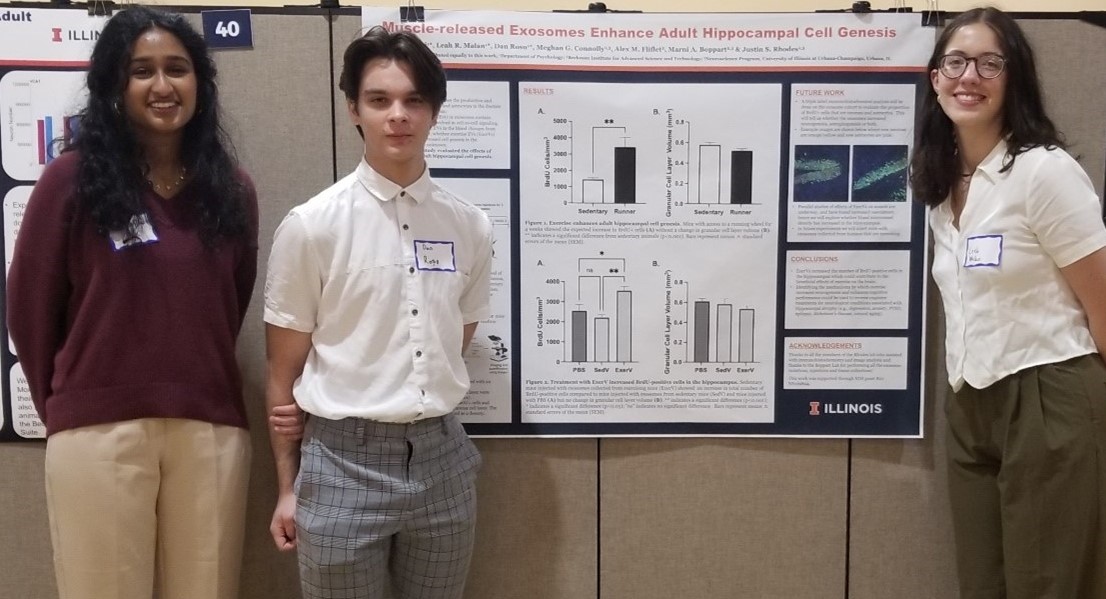
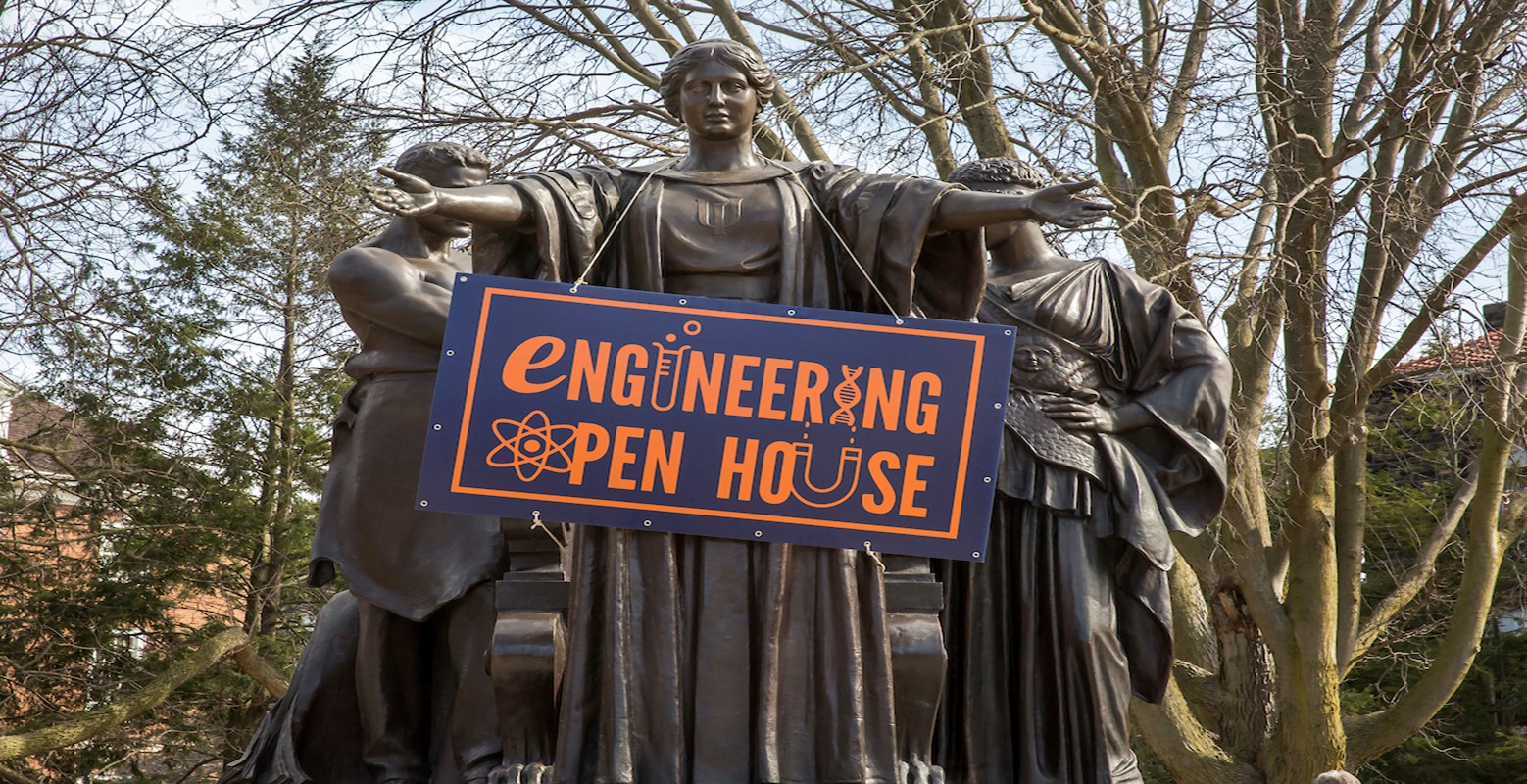
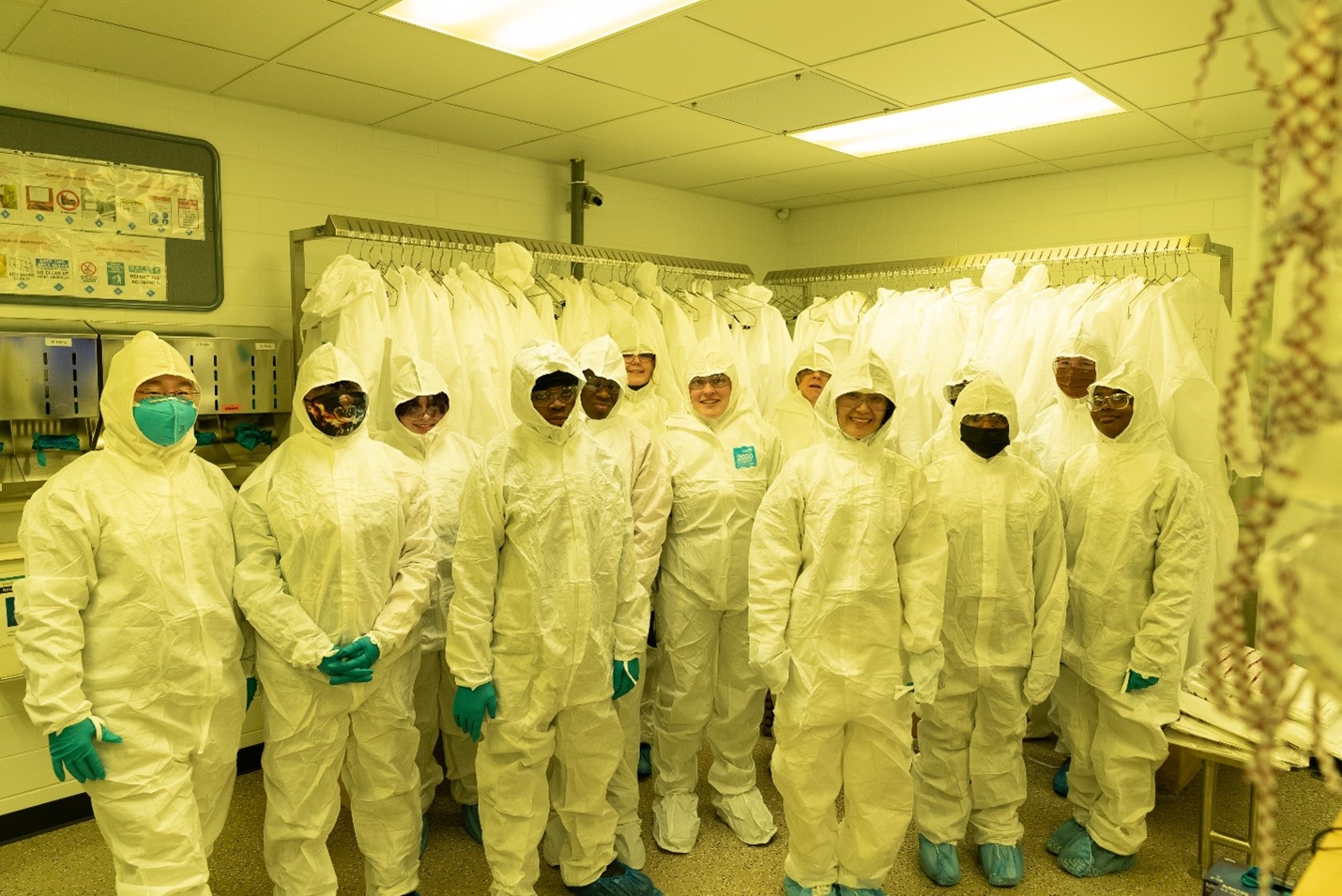
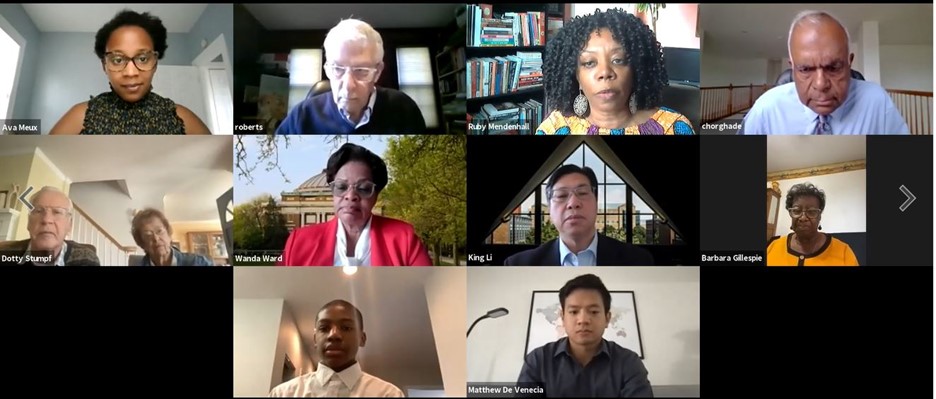
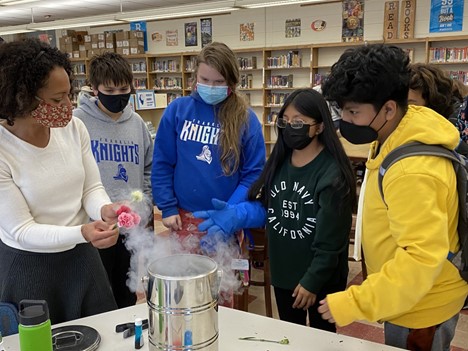
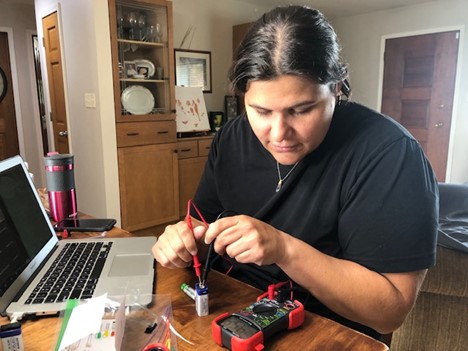
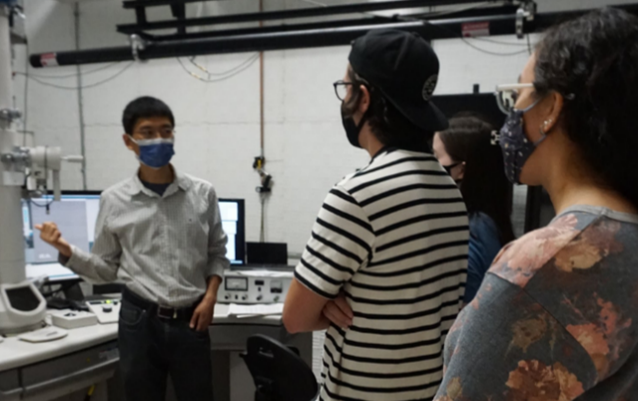
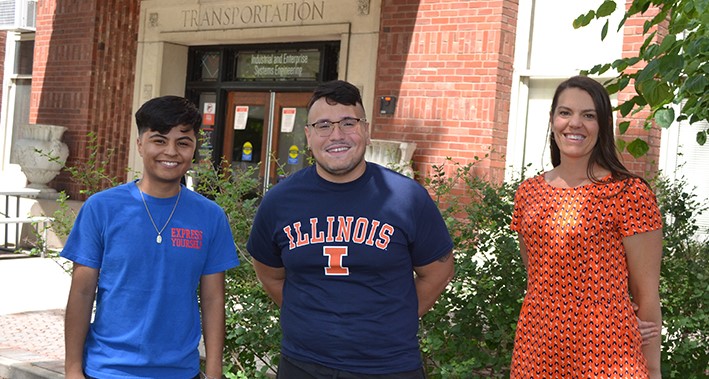


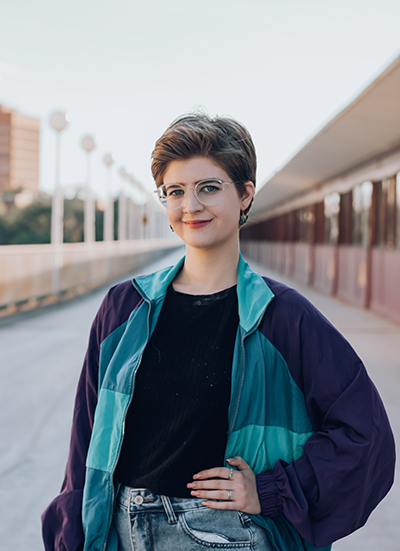
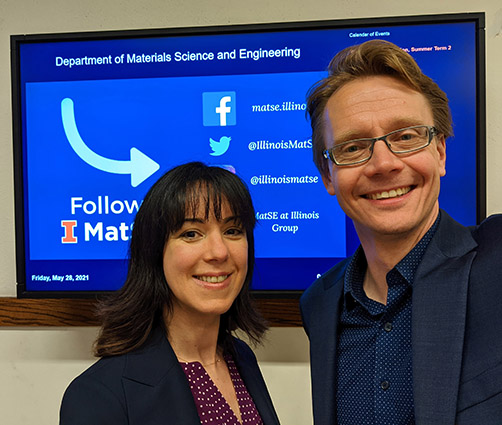
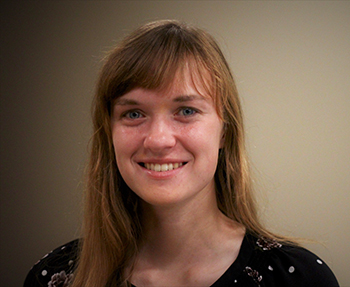
.jpg)
